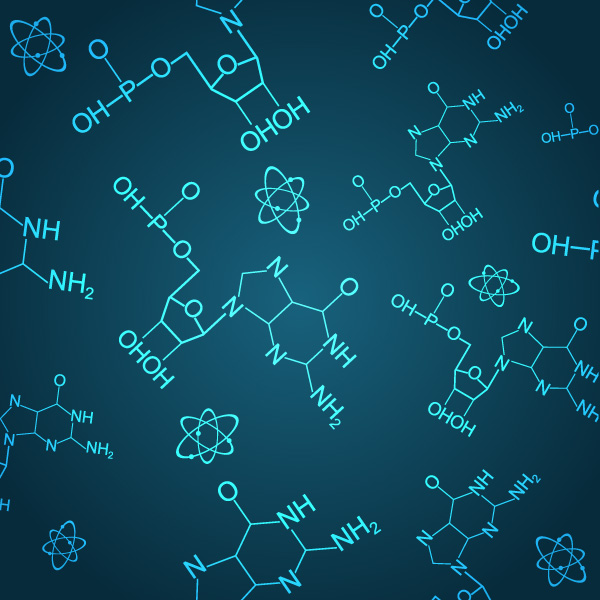
On June 15th, the European Commission presented drafts of two legal acts (for Plant Protection Products and Biocidal Products Regulations) to set criteria for the identification of endocrine disrupting chemicals (EDCs). While it has the potential to successfully define endocrine disruptors in order to better protect people and the environment from these chemicals, which have been linked to many health issues including breast cancer, infertility, birth defects, the current proposals would make it increasingly difficult to do so.
Found in everything from cosmetics to soap to food packaging, EDCs’ ubiquitous presence makes them nearly impossible to avoid. Once exposed (even at extremely low levels), these chemicals can mimic or block naturally occurring hormones and accumulate in our bodies. These effects are particularly harmful at the earliest stages of life as EDCs pass from mother to fetus and have been linked to obesity and developmental issues. According to a series of studies published in the Endocrine Society’s Journal of Clinical Endocrinology and Metabolism, it is estimated that health complications from EDC exposure costs Europe over €150 billion each year.
Persistent pressure from industry groups and the US government in framing this regulation as a trade barrier may have contributed to this 30 month delay. US industry groups (CropLife and ECPA) have estimated $4 billion in profits would be lost if the EU were to adopt hazard-based criteria for endocrine disruptors. The European chemical lobby worked for years to undermine science on EDCs to delay regulation. A 2015 US government report even claimed that the EU’s regulation of endocrine disruptors would go against the goals of the TTIP agreement. These ill-founded concerns that prioritize profit over social well-being add to the reasons why this proposal has come in with too little, too late.
The World Health Organization (WHO) and the United Nations Environment Programme (UNEP) have both categorized EDCs as “a global threat.” While the Commission did choose a path that follows a World Health Organization (WHO/IPCS) definition of endocrine disruptors, it fails on many other fronts.
CIEL is gravely concerned with the EU Commission’s proposal as it would not provide the high level of protection of human health and the environment as mandated. In particular,
- Presumed and suspected EDCs are excluded from the criteria, identifying only EDCs that have been proven to have adverse effects on humans;
- The draft criteria lowers the level of protection by limiting the scientific evidence considered;
- The Plant Protection Products Regulation would allow EDCs in the case of ‘negligible risk,’ which would otherwise be banned under the current Regulation’s ‘negligible exposure,’ derogation;
- The overall failure to comply with the precautionary principle to protect human, animal, and environmental health.
While the above are critical problems with the proposal, there is still time to adopt more adequate safeguards to protect ourselves from chemicals for which there is no safe level of exposure. Until July 28th, the EU is accepting feedback and recommendations from the public on these principles for its plant protection products and biocides criteria.
Last week, CIEL submitted recommendations regarding the current proposal, in which we strongly urge the EU to remedy the dangerous weaknesses in the suggested criteria. The most important message? To define an EDC as a substance that “may” cause adverse effects, not only as a substance “known to” as in the current proposal. As it stands, this high burden of proof would exclude hundreds of chemicals from qualifying as EDCs, despite the high likelihood they are harmful to human health.
A more viable and inclusive policy option to protect both humans and the environment would be for the EU criteria to include not only “known,” but also “presumed” and “suspected” EDCs. This is the approach that the EU already uses for chemicals that are carcinogenic, mutagenic,l or toxic to reproduction (CMRs), which, like EDCs, pose a large threat to public health.
Finally, the Plant Protection Products Regulation should not allow EDCs in the case of “negligible risk,” which would stray from its hazard-based approach and widen the current derogation, permitting uncontrolled exposure to EDCs.
Each of these changes would ensure a greater level of protection against harmful chemicals. The EU’s proposed criteria does not protect its constituents and the environment, as is its duty. Join CIEL, scientists, and others: act now by submitting your concerns/suggestions (we suggest by echoing those listed above) to the EU. Hold them accountable to their duty to protect people from dangerous toxic exposure and to stand up to the scare tactics of some chemical lobbyists.

